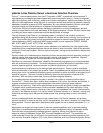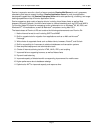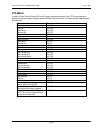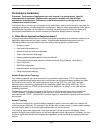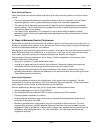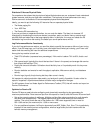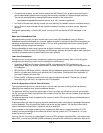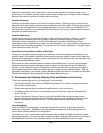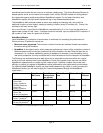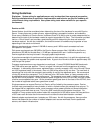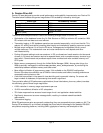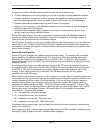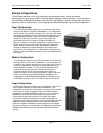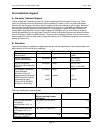
additional users probably won't be equivalent to the resources required for an equal number of your
current users. For example, per-user memory requirements decrease as the number of users increases,
because fixed memory overhead is divided across more users.
Consider Clustering
Clustering is the premier feature of the Domino Enterprise Server. Clustering gives you dynamic load
balancing, which automatically optimizes resource utilization across the cluster. Clustering also provides
failover for mail and applications, including Web applications. You can cluster any combination of R4
and R5 servers, across any mix of supported Domino platforms. And you can cluster partitioned servers
alongside non-partitioned servers.
Consider Partitioning
Partitioning can improve the resource utilization of high-end Domino systems, however, it may also
require additional hardware resources to properly implement transaction logging. It allows you to
distribute servers by department or function while retaining the benefits of consolidation. Some
organizations even use partitioning to create "service level options" (i.e., putting a few key executives on
one partition and the masses on another). As a general rule, the number of partitions on a system should
never exceed the number of CPUs.
Know When to Consolidate and When to Distribute
Unless you have some compelling reason to do otherwise, choose consolidation over distribution as a
growth strategy. Consolidation invariably reduces cost and improves reliability: fewer servers mean less
complex server topologies, and fewer server-to-server activities: less network traffic, less replication, and
less mail transmitted between servers.
When would you want to distribute servers instead of consolidating them? You may have geographic
distribution requirements where dedicated servers handling local users and data are the lowest-cost
solution. Or your deployment may be comparatively small but growing fast, so adding more servers to
accommodate new users or distribute functions lets you leverage current investments better. IBM has
developed a Red Book on this subject, entitled IBM Servers and Lotus Domino: Centralize and Distribute
Enterprise Architecture Planning, available at http://www.redbooks.ibm.com.
C. Performance and Capacity Planning Tools and Resources from Lotus
To help you appropriately plan for your deployment, Lotus provides:
Ÿ Tools and benchmarks from Lotus and RS/6000 that enable you to monitor, manage, and optimize
Domino Server performance.
Ÿ Support resources that help you address the performance in your environment.
Ÿ Knowledge transfer in the form of course packs and online resources to help you understand the
issues involved.
Ÿ Domino Performance, Capacity Planning, and High Availability Web site that provides current
detailed information about performance and capacity planning, tools, hardware benchmarks, white
papers, and interactive discussion forums. Visit http://www.lotus.com/performance for more
information.
Lotus NotesBench
Lotus and RS/6000 use NotesBench, a standard benchmark for Domino, to generate and provide
performance information. NotesBench uses standardized workloads with a strict testing protocol on
various Domino/Notes platforms and configurations.
Customers can, in turn, use the benchmark information while evaluating RS/6000 and pSeries models,
selecting configurations, and planning against resource budgets. Business Partners who are members of
the NotesBench Consortium, and have been trained in the use of NotesBench tools can create
Lotus Domino Server R5 Implementation Guide June 18, 2001
Page 11



